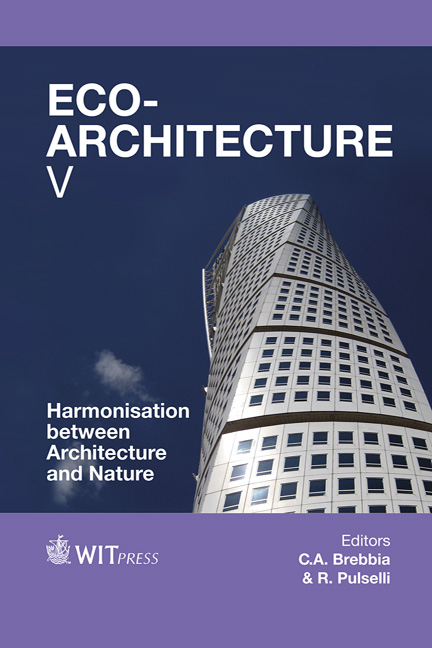LCA Of Different Building Lifetime Shearing Layers For The Allocation Of Green Points
Price
Free (open access)
Transaction
Volume
142
Pages
11
Page Range
459 - 469
Published
2014
Size
294 kb
Paper DOI
10.2495/ARC140391
Copyright
WIT Press
Author(s)
S. Pushkar, O. Verbitsky
Abstract
Currently green-rating systems are mainly directed toward correctly sizing mechanical and electrical systems, which have short lifetime expectancies. In this case passive solar and bio-climatic architecture, which have long lifetime expectancies, are neglected. The main idea of this study is to realize a more consistent point allocation system for green building standards by using six shearing layers. The concept of shearing layers was invented by architect Frank Duffy and considers buildings as comprised of six different lifetime layers: Site, Structure, Skin, Services, Space, and Stuff, each reflecting distinct environmental damages. The objective of this study was to evaluate the six shearing layers using life cycle assessment (LCA). Six shearing layers of a simple generic basic module of a typical multi-story office building were evaluated using Eco-indicator 99 (EI99). A two-stage nested mixed balanced analysis of variance (ANOVA) test was used for comparison of the environmental performance of the building layers. It was found the environmental damage associated with building layers (Site, Structure, Skin) was higher than the environmental damage associated with Service layers (Services, Space, and Stuff). Using LCA permits green systems to more accurately handle the various environmental damages of buildings and building systems. As a result, a greater decrease in building-related ecological impacts can be achieved, thus encouraging sustainable building activities.
Keywords
rating systems, green building, sustainability, shearing layers concept, LCA





